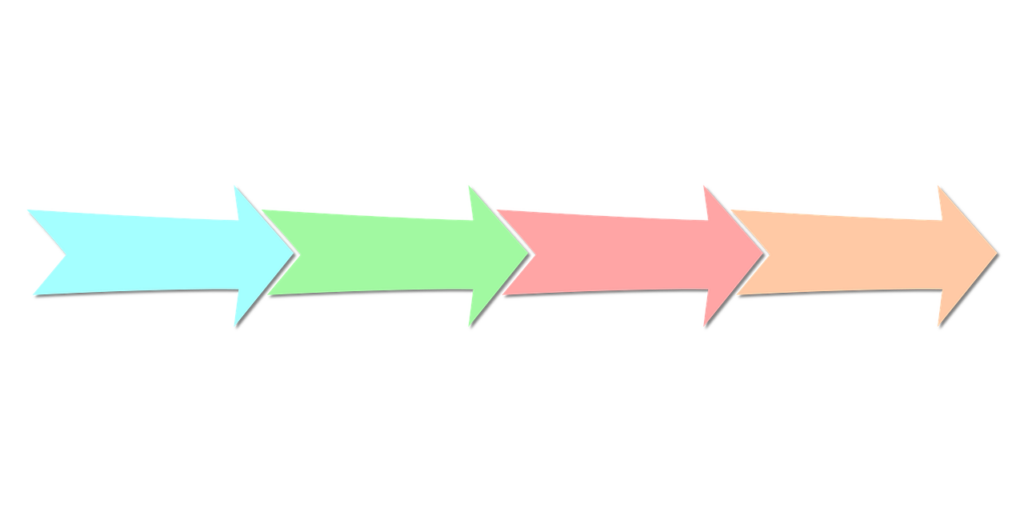What Is The Digital Printing Process?

Digital printing, as its name suggests, is the process of printing digital images on mediums ranging from paper to fabrics. The process involves sending files directly from a computer to a printing press, eliminating the need for image plates. Digital printing technology has evolved so quickly and offers so many benefits that many believe there will be no need to go back to plates in the future.
With digital printing, the elimination of the cost of the plate brings the total printing costs down. In addition, Digital printing has many other advantages, including personalized variable data, reduced cost with low volume jobs, and much quicker turnaround times.
How the Digital Printing Process Works
Digital printing uses either inkjets or laser printers. When the process is initiated, these printers can transfer thin layers of ink or toner onto the media almost immediately. Consequently, the ink won’t bleed through the material as it does with offset printing.
The ink that produces the image is applied in a fused fluid in a heating process. It is then cured via a UV process to prevent smearing.
Assuming that you’re in the early stages of your entrepreneurship, you are probably planning on outsourcing your logo or art printing to a professional. In most cases, you will likely have the work done by a graphic designer or send it to a digital printing company with its own team of in-house artists.
Steps to Professional Printing
The first thing you need to do is to ensure that your logo or image perfectly matches the final product. When preparing your image file, you need to save it in CMYK format at a resolution of 300 dots per inch (dpi). Saving it at a lower resolution will result in a blurry image with poor definition.
It would also help to have a border that indicates the image area. This will ensure that ink is applied only to the desired portion, thereby preventing costly mistakes.
The print heads used in digital printing are cleaned with a special fluid after every hundred prints or so. The printer operators may choose to clean the heads more or less frequently depending on how efficiently the color is applied during the print process.
Unused ink is deposited into a drum with each print. This is emptied regularly to prevent spillage that could ruin the product.
It is important to ensure that the cleaner never runs out to prevent damage to the printer heads. It is also necessary to maintain an ink temperature of between 20° to 25° Celsius.
After everything has been checked, an appropriately sized pallet is installed. Then, the print media is laid down flat, ensuring that there are no creases whatsoever. Any wrinkles present in the media can cause the image to distort when it is printed.
At this point, the operator is ready to begin transferring the image to the medium. The printer works by moving its head from side to side, spraying the picture onto the material’s surface as it goes.
When the process is complete, the media which now bears the desired image is carefully removed from the pallet. It is then placed in a large dryer to let the impression set and become permanent. The final step is to perform a pre-packaging inspection, which ensures that the image is transferred properly, and that there are no positioning or color errors.
Conclusion
In many ways, digital printing has proven to be a major step forward in the evolution of printing. It’s a more cost-effective option for everything but the largest jobs, and it is a much simpler process with quicker turnaround times.
One of the main benefits of the digital printing process is convenience. Digital printers can work directly with an image from a saved file. This in itself eliminates the need for maintenance and manual input from the operator. Apart from simplifying the printing process, this also reduces the risk of costly and time-consuming errors.
Of course, as with all printing methods, the equipment used in digital printing will require periodic maintenance. But this is the case with traditional offset printing as well. Furthermore, the work required to keep digital printers performing optimally isn’t nearly as time or work-intensive.
No matter how you look at it, digital printing is a significant improvement over offset printing. It is already a feasible alternative to traditional print production methods, and the technology is continually improving. As time goes on, printing images digitally will likely become the norm.
